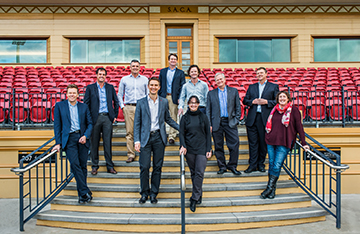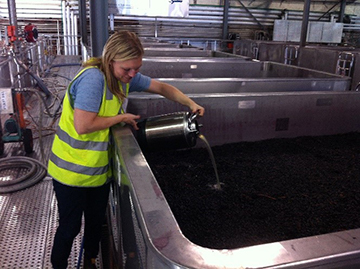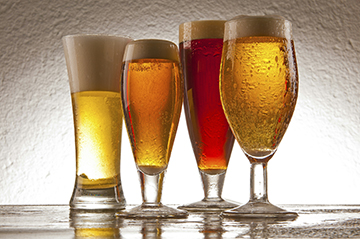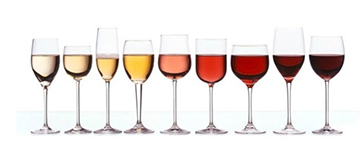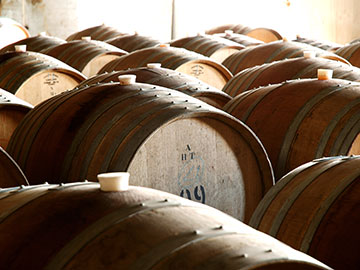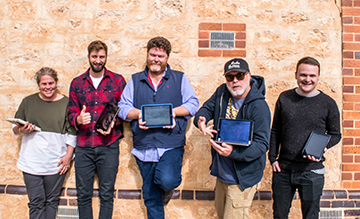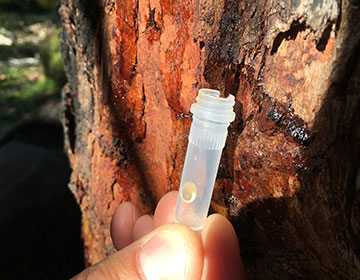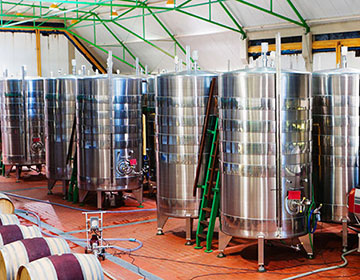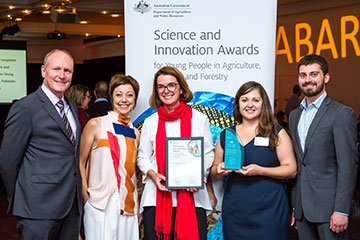The AWRI webinar program is back and registration for the first four sessions is open now!
There are four informative sessions to begin the program. Coming up first, a new heat test provides same-day results without compromising accuracy. The following three webinars address global supply and demand trends, results from a recent study identifying the role Australia’s image plays in export markets, and finally recommendations for effective spray application.
Each webinar includes a presentation and an opportunity for Q&A and is held on Thursday at 11:30 am Australian Central Daylight Time (Adelaide, GMT+9:30). All AWRI webinars are free to attend.
The first four webinars for the program are:
17 August 2017: Predicting heat stability of wine: the heat test revisited – Dr Jacqui McRae (AWRI)
31 August 2017: State of play – Australian wine in a global context – Mark Rowley (Wine Australia)
14 September 2017: Australia’s country image internationally and trade recommendations to buy Australian wine: effects and implications – Dr Roberta Crouch (The University of Adelaide)
28 September 2017: Effective spray application – Alison MacGregor (Independent consultant)
Click here to register now or find out more.
After registering for a webinar, you will receive a confirmation email with a link to join the session.
System requirements
You will need a computer or mobile device with an Internet connection. Audio is connected over the Internet using your computer or mobile device’s speakers (Voice over Internet Protocol – VOIP). Participants joining a webinar via a mobile device will need to download a free app available from iTunes or Google Play.
If you’ve missed a previous AWRI webinar, you can watch it online via the AWRI’s YouTube channel
For further information on AWRI webinars, please contact the AWRI information services team.


